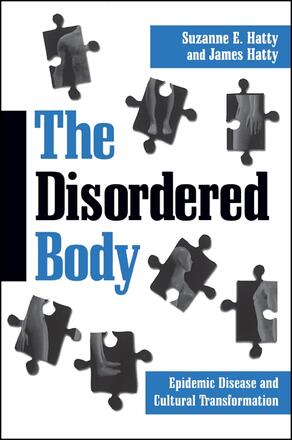
The Disordered Body
Epidemic Disease and Cultural Transformation
Alternative formats available from:
A fascinating look at how three epidemics of the medieval and Early Renaissance period in Western Europe shaped and altered conceptions of the human body in ways that continue today.
Description
The Disordered Body presents a fascinating look at how three epidemics of the medieval and Early Renaissance period in Western Europe shaped and altered conceptions of the human body in ways that continue today. Authors Suzanne E. Hatty and James Hatty show the ways in which concepts of the disordered body relate to constructions of disease. In so doing, they establish a historical link between the discourses of the disordered body and the constructs of gender. The ideas of embodiment, contagion and social space are placed in historical context, and the authors argue that our current anxieties about bodies and places have important historical precedents. They show how the cultural practices of embodied social interaction have been shaped by disease, especially epidemics.
Suzanne E. Hatty is Associate Professor of Social Medicine at Ohio University. James Hatty is Honorary Research Associate in the College of Humanities and Social Sciences at the University of Sydney.
Reviews
"The topic of 'epidemic disease and cultural transformation' has been a significant topic, ebbing and flowing at various times, for the past one thousand years. As we move into the next millennium and in the context of such diseases as HIV-AIDS, ebola viruses, and so on, the topic is not only important in and of itself, but it is also fundamental to several fields of study, ranging in scope from genetics and biology to human and social ecology, not to mention from advanced technology and cyberspace to individual (and collective) sexuality and identification.
"I like the book's depth and breadth in every way imaginable; from its detailed archival work articulating particular periods to the broad brush strokes that encompass 800 years of history and more. Not only do I like it as social history, but I like it as medical anthropology, as gender studies, as cultural studies, and more. I also like its interdisciplinary approach to the phenomena. In short, I think it is a major contribution to the expanding literature on the 'body.'
"This is a superb work— a pleasure to read, insightful from start to finish, and it has left my mind in a state of reverberation and reflexiveness." — Gregg Barak, Eastern Michigan University